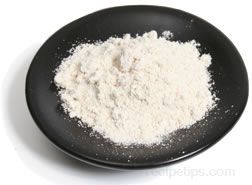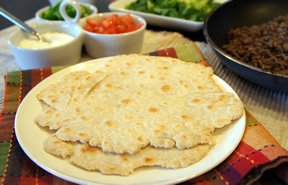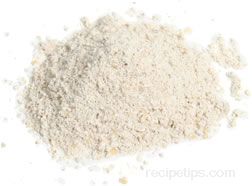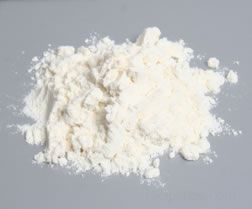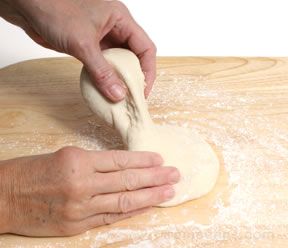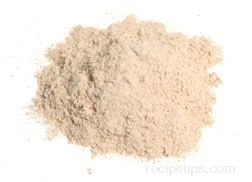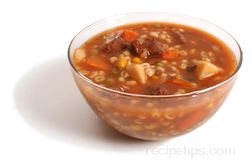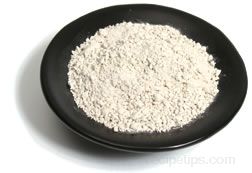Although barley flour does contain some gluten (a protein that assists in making dough rise), it does not contain enough for dough to effectively rise, so gluten-rich flour, such as wheat flour, is often added to the barley flour. For various yeast breads, the quantity of barley flour that can be used is usually no more than 20% of the total quantity of flour used. For denser, flatter breads, a higher proportion of barely flour is used. When making bars, cookies, or quick breads, barley flour can be substituted for about half of the total amount of flour required. Baked goods, such as breads, made only of barley flour are overly moist and the texture is similar to dense cake. Barley flour also works well as an ingredient to thicken gravies, sauces, and stews.
Barley flour can be purchased in large food stores or in natural food markets and specialty shops. Pearled barley can also be purchased and the flour can be ground at home using a coffee grinder. Be aware that freshly ground barley flour is difficult to properly measure immediately after it has been ground. One cup of flour may measure 2/3 cup after several days because of settling. Tapping the container of flour on the countertop will help to settle the flour to achieve a more accurate measurement.
Barley flour works well as an ingredient to thicken gravies, sauces and stews. When used for breads, it provides a texture similar a cake texture, high in moisture. Barley flour contains tannins, which may cause problems for anyone sensitive to tannins in baked goods. Barley flour is best when stored in the freezer compartment in a sealed container or tightly wrapped package.

